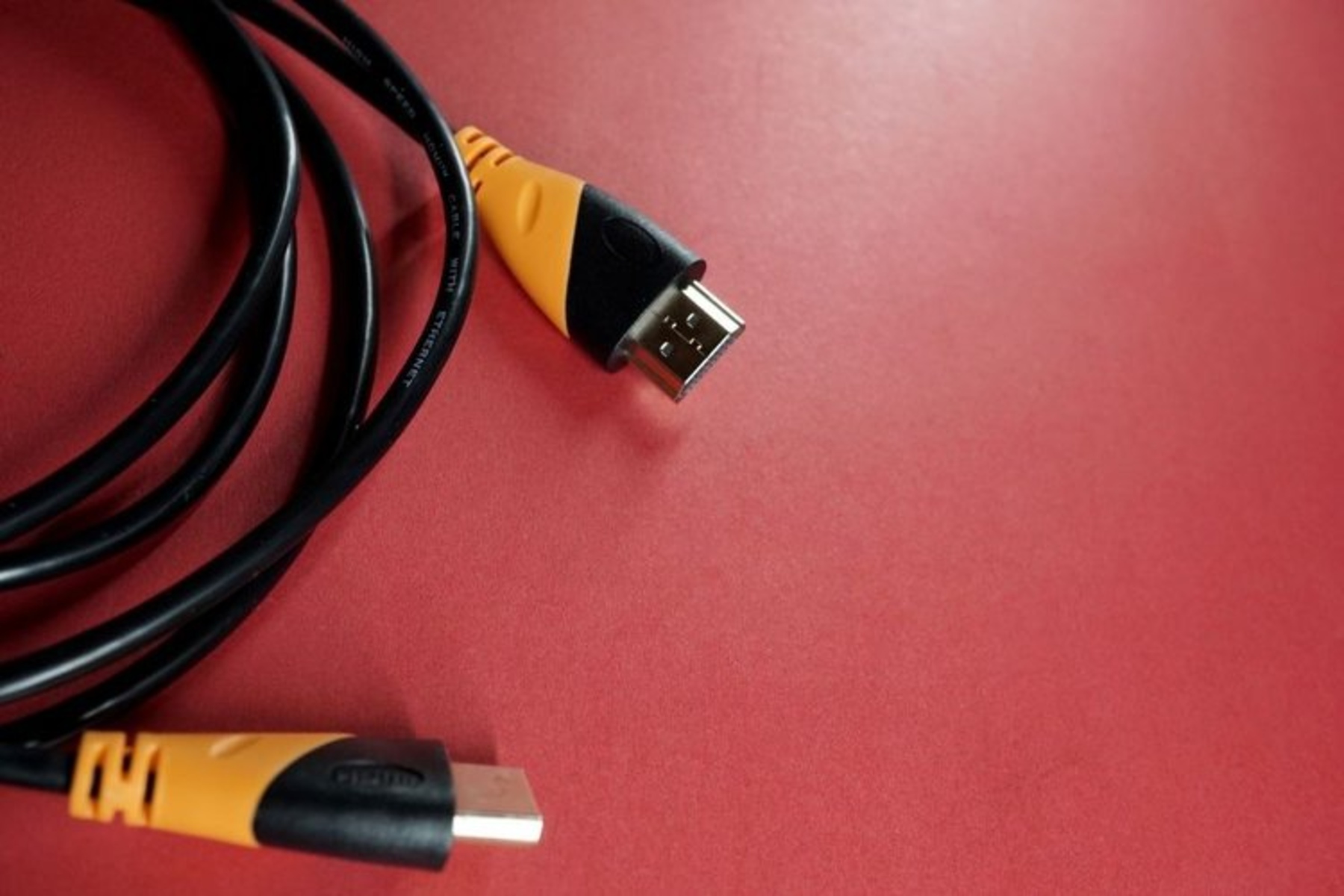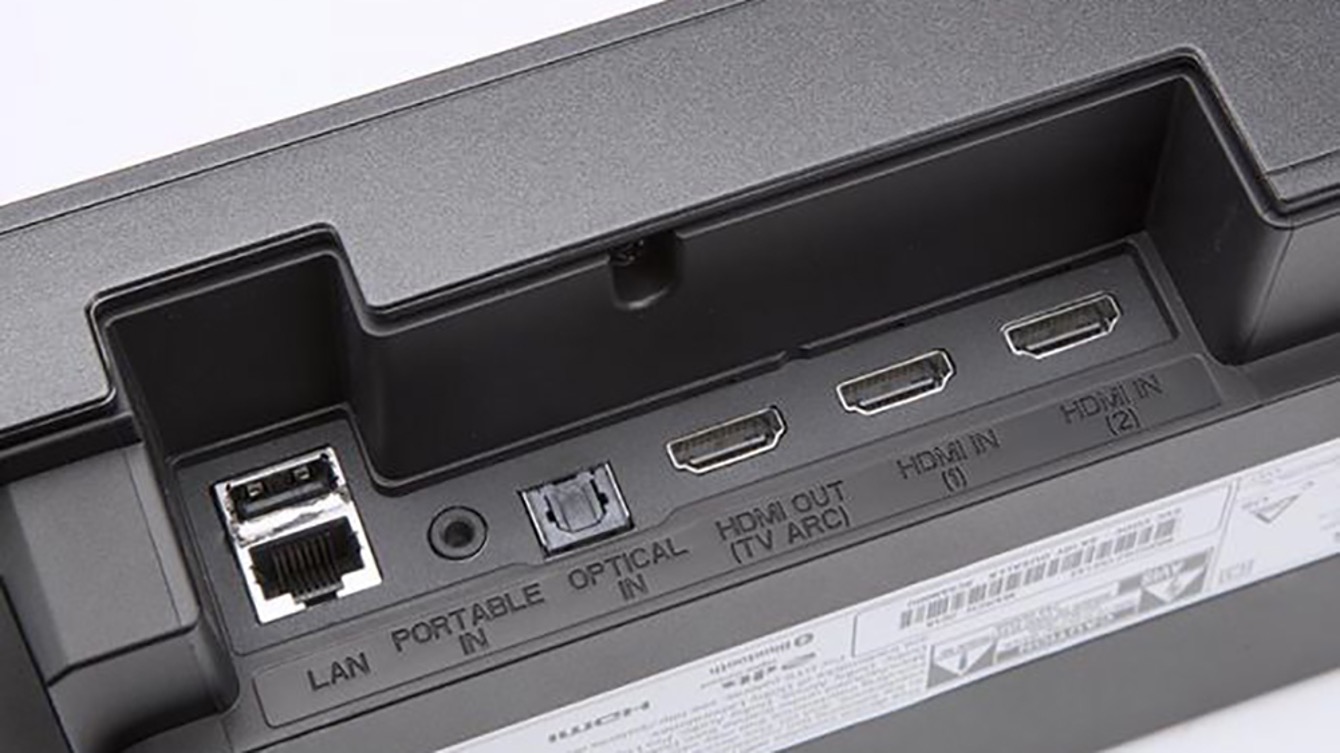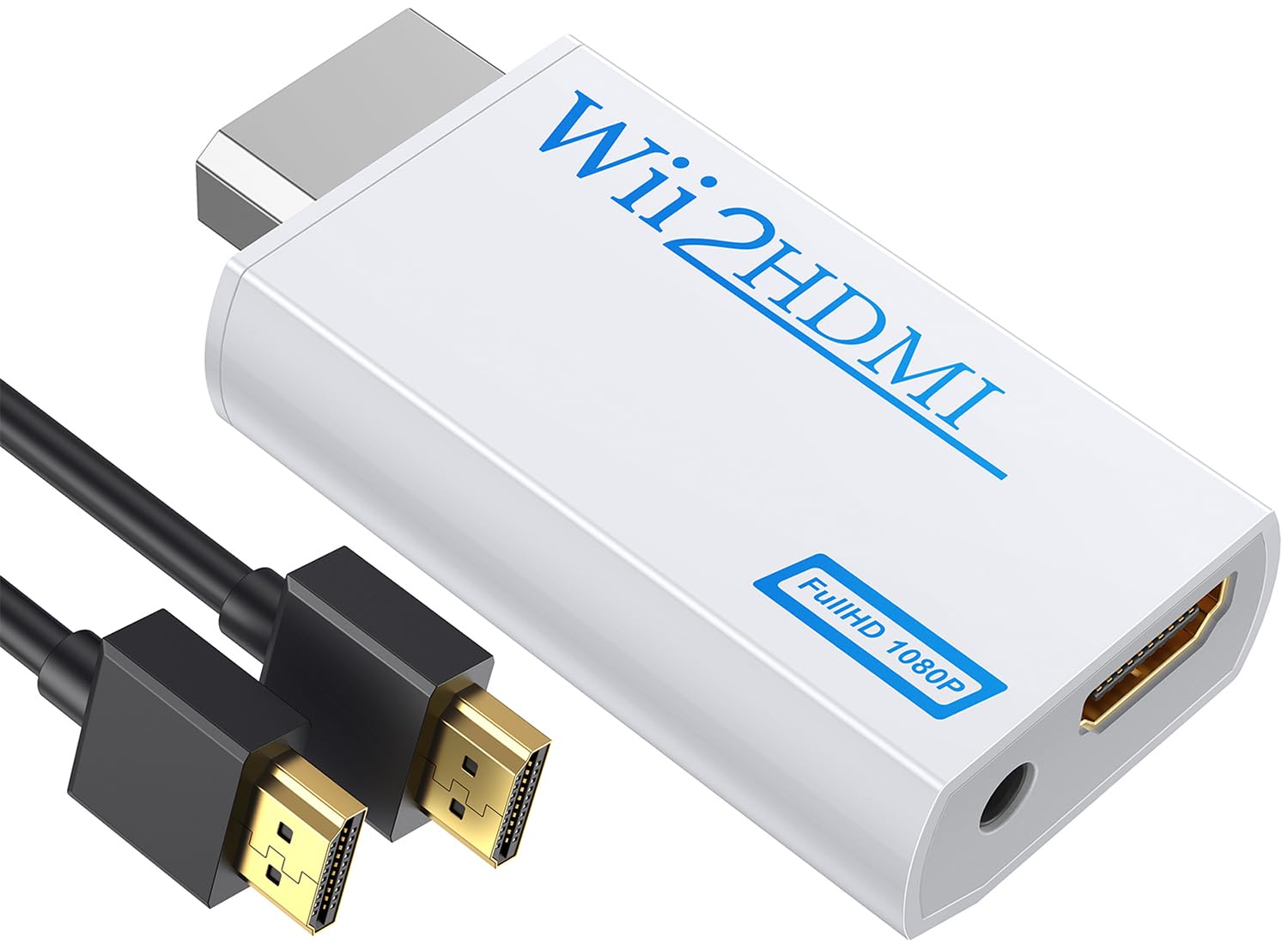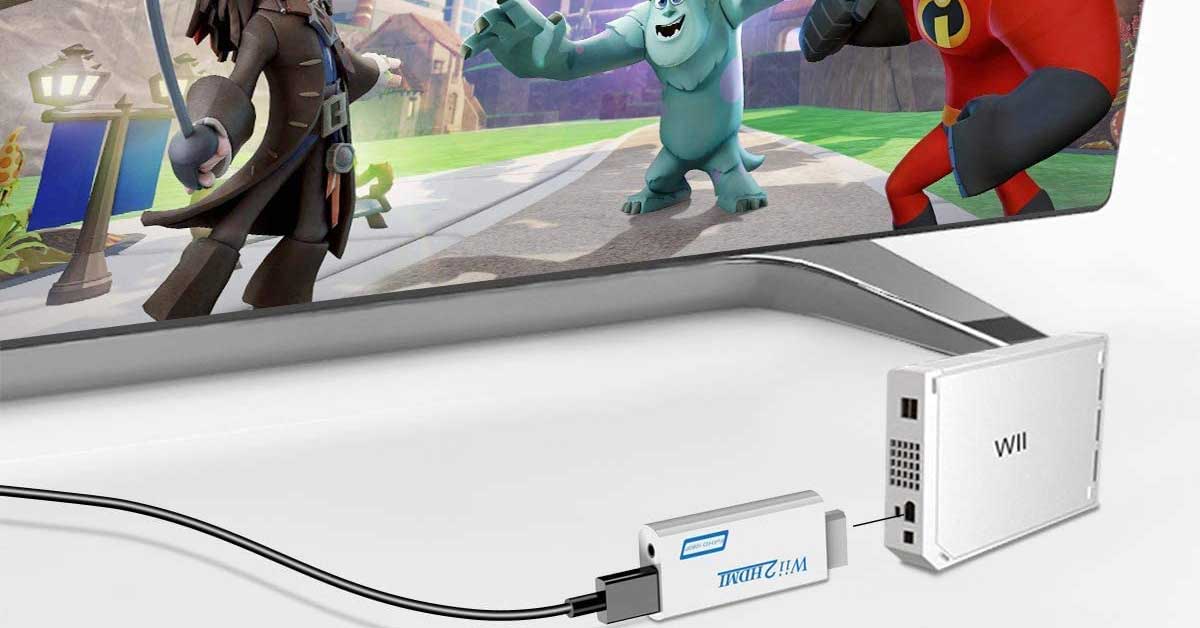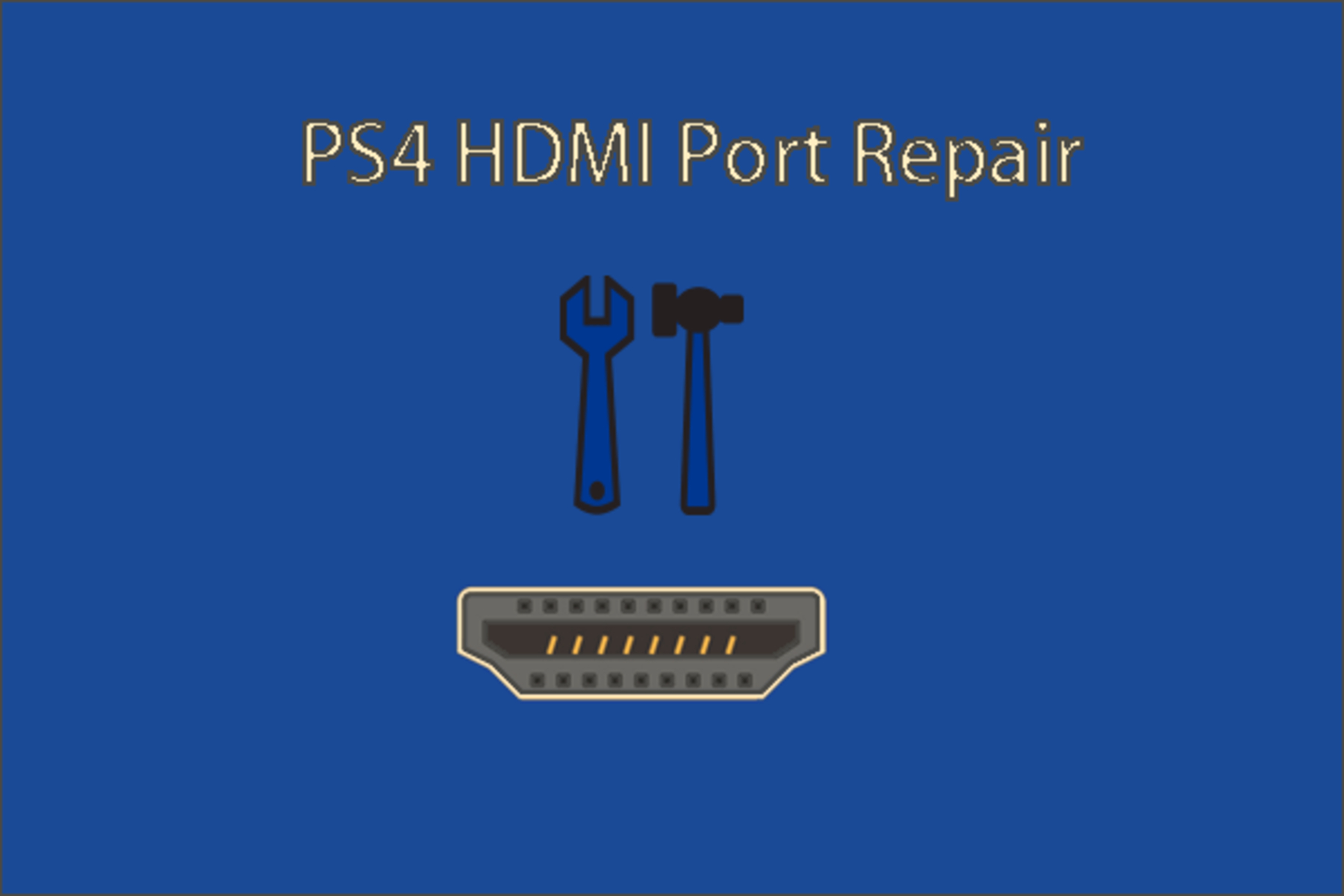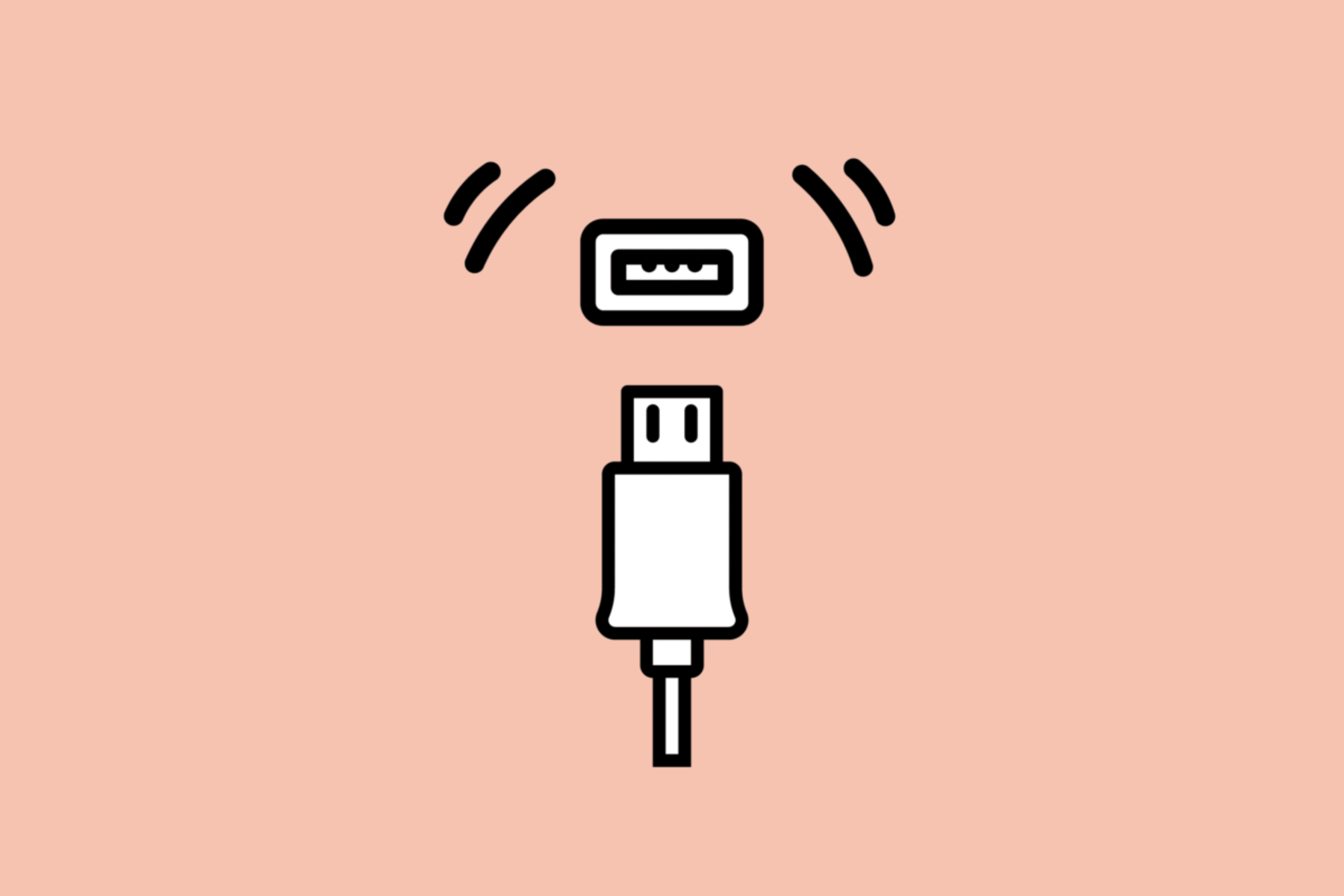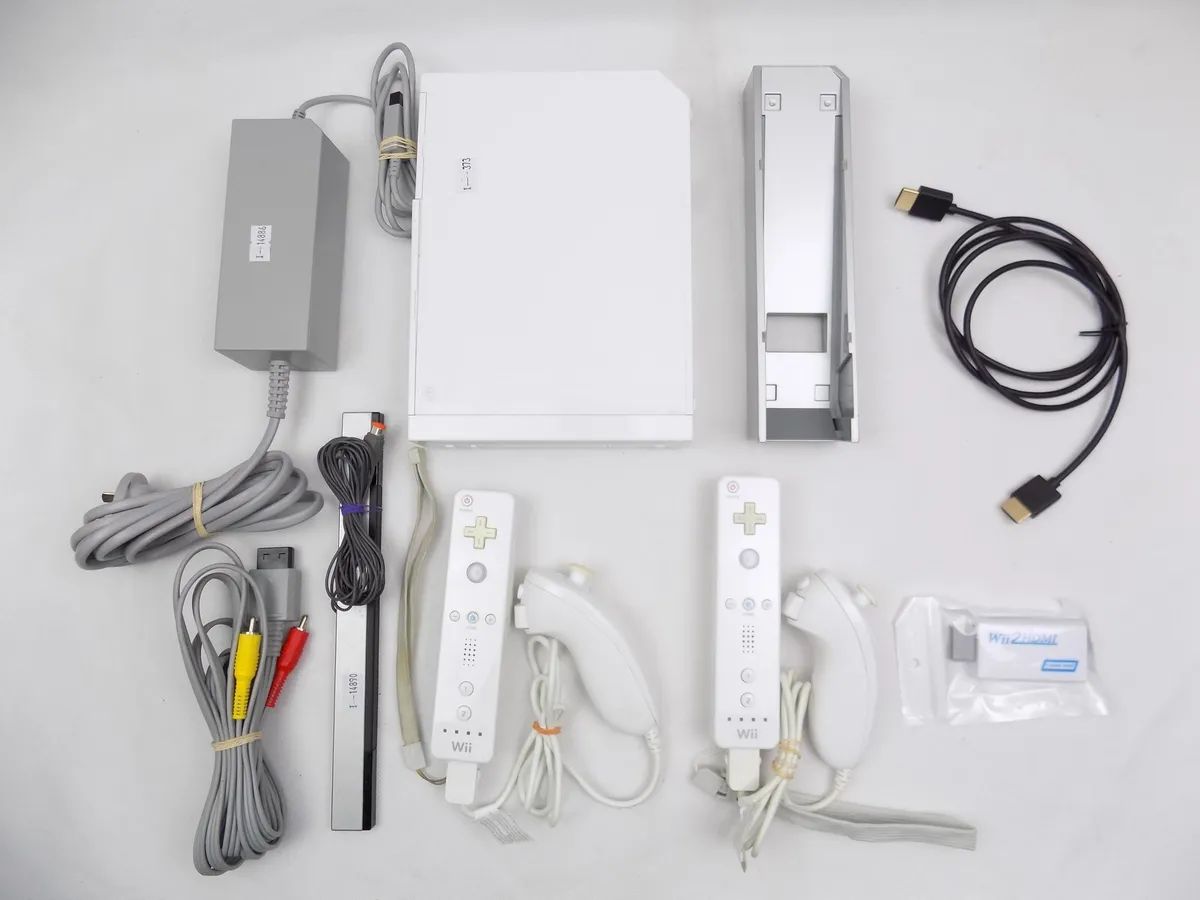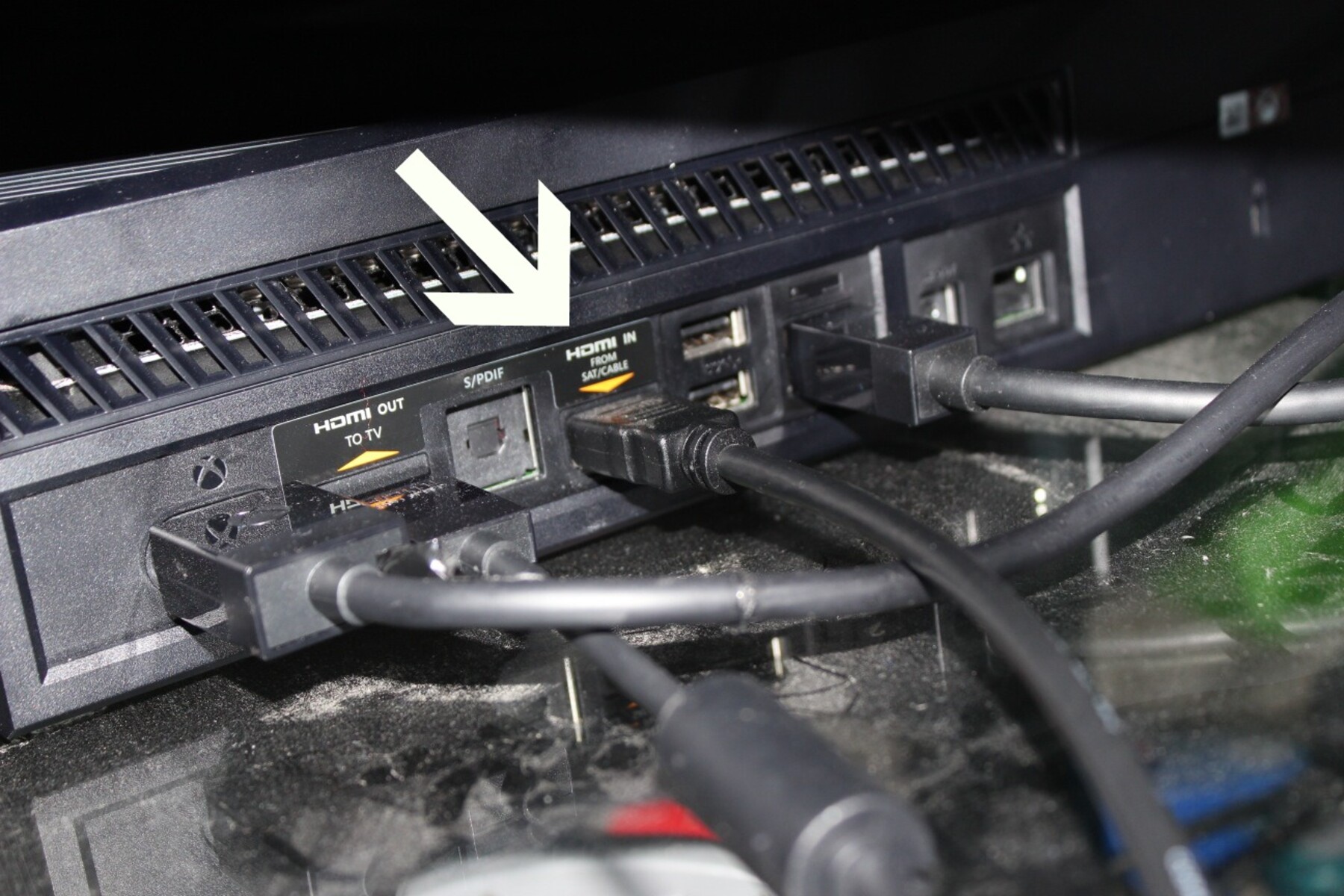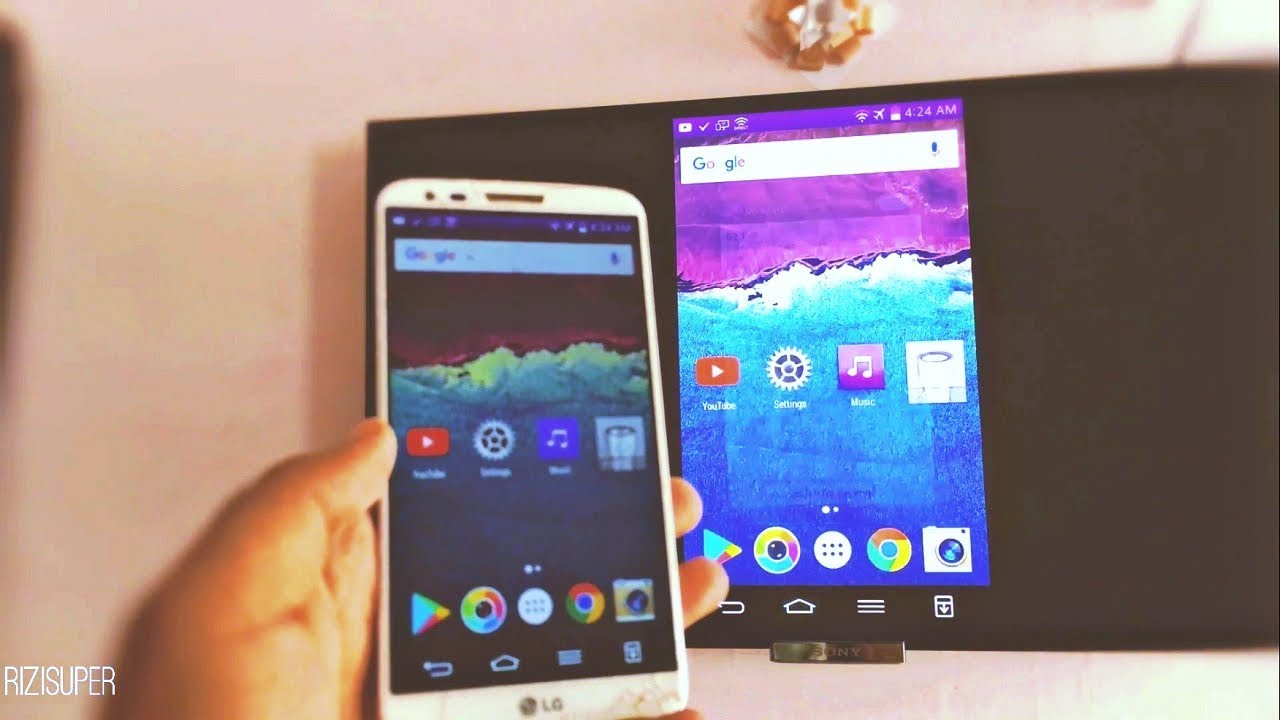Introduction
Welcome to the world of High-Definition Multimedia Interface, better known as HDMI. As technology continues to advance, it’s essential to have the right cables to connect our devices seamlessly. HDMI cables have become a standard choice for transmitting audio and video signals between various devices, including TVs, computers, projectors, and gaming consoles.
Understanding the basics of HDMI cables is crucial when it comes to making informed purchasing decisions. With so many options available on the market, it’s easy to feel overwhelmed. In this article, we will delve into the factors to consider when buying HDMI cables, the different price ranges you can expect, and the ongoing debate regarding the differences between expensive and cheap cables.
Whether you’re an avid gamer, a movie enthusiast, or simply someone who wants to optimize their audiovisual experience, this article will guide you in selecting the right HDMI cable for your needs. So, let’s unravel the mysteries surrounding HDMI cables and gain a deeper understanding of the choices available to us.
Understanding HDMI
HDMI, short for High-Definition Multimedia Interface, is a digital interface that allows for the transmission of high-quality audio and video signals between devices. It has become the industry standard for connecting various devices, including TVs, Blu-ray players, gaming consoles, and computers.
HDMI cables have evolved over the years to keep up with the advancements in technology. The latest specification, HDMI 2.1, supports higher resolutions, faster refresh rates, and more advanced features like eARC (Enhanced Audio Return Channel) and Variable Refresh Rate (VRR). These improvements result in a smoother, more immersive viewing experience.
One of the key advantages of HDMI is its ability to transmit both audio and video signals through a single cable. This eliminates the need for multiple cables for audio and video, simplifying the setup and reducing cable clutter.
Another important aspect of HDMI is its support for digital signals. Unlike analog connections, such as VGA or component cables, HDMI carries digital information, which results in a much clearer and sharper image quality. Digital signals are also less prone to interference, ensuring a stable and reliable connection.
HDMI cables come in different types and versions. The most common types are Standard HDMI, High-Speed HDMI, and Premium High-Speed HDMI. The version of an HDMI cable indicates its capabilities and features. For example, HDMI 2.0 cables can support 4K resolution at 60Hz, while HDMI 2.1 cables can handle up to 8K resolution at higher refresh rates.
It’s important to note that while newer HDMI versions offer more advanced features, backward compatibility ensures that you can still use older devices with newer HDMI cables. However, to take full advantage of the latest features, both the source device and the display device need to support the corresponding HDMI version.
Now that we have a basic understanding of HDMI, let’s explore the key factors to consider when purchasing HDMI cables in the next section.
Factors to Consider When Buying HDMI Cables
When it comes to buying HDMI cables, there are several factors to consider to ensure you get the right cable for your needs. Here are some key factors that you should keep in mind:
1. Compatibility: Before purchasing an HDMI cable, make sure it is compatible with your devices. Check the HDMI version supported by your devices and choose a cable that matches that version. While newer versions offer additional features, it’s not necessary to buy the latest version if your devices don’t support it.
2. Length: Consider the length of the HDMI cable you need. Measure the distance between your devices and choose a cable that is long enough to comfortably connect them. Keep in mind that longer cables may experience signal degradation, so it’s essential to find the right balance between length and quality.
3. Resolution and Refresh Rate: If you have a high-resolution display, such as a 4K or 8K TV, ensure that the HDMI cable you choose can support the resolution and refresh rate of your display. Higher resolutions and refresh rates require cables with higher bandwidth capabilities.
4. Build Quality: Look for HDMI cables that are well-built and durable. Cables with gold-plated connectors and thicker shielding offer better signal transmission and are less prone to interference. These cables may cost slightly more, but they provide a longer lifespan and a more reliable connection.
5. Audio Support: If you have a home theater setup or a sound system that supports advanced audio formats, consider HDMI cables that can transmit high-quality audio signals. Look for features like eARC (Enhanced Audio Return Channel) or support for Dolby Atmos and DTS:X, depending on your audio requirements.
6. Budget: HDMI cables come in a wide range of prices. While it’s true that expensive cables may offer additional features or better build quality, it doesn’t mean that cheaper cables won’t work just as well. Evaluate your needs and budget and choose a cable that strikes a balance between performance and affordability.
By considering these factors, you can make a more informed decision when purchasing HDMI cables that best suit the requirements of your setup. Next, let’s explore the price range of HDMI cables in the market.
Price Range of HDMI Cables
When it comes to the price range of HDMI cables, there is a wide variety available in the market. The cost of HDMI cables can range anywhere from a few dollars to over a hundred dollars. The price variation can be attributed to several factors, including brand, build quality, features, and cable length.
At the lower end of the price spectrum, you can find HDMI cables that are generally more affordable. These cables often offer basic functionality and are suitable for connecting devices with standard resolutions and refresh rates. While they may not have the same premium features or advanced build quality as higher-priced cables, they can still provide a reliable connection for most users.
In the mid-range price bracket, you can find HDMI cables that offer better build quality and additional features. These cables may have gold-plated connectors, thicker shielding to minimize interference, and support for higher resolutions and refresh rates. They strike a balance between affordability and performance, making them a popular choice for many consumers.
On the higher end of the price range, you will find HDMI cables that are often marketed as premium or high-end. These cables may have additional features like ethernet support or advanced audio formats. They might also boast superior build quality and durability with additional shielding and higher-grade materials. While the price tag of these cables is higher, they can provide enhanced performance and a longer lifespan.
It’s important to note that the price of an HDMI cable doesn’t necessarily determine its quality or performance. While there may be differences in build quality and additional features, many lower-priced HDMI cables can still offer an excellent experience for casual users. The most crucial factor in choosing an HDMI cable is ensuring that it meets the requirements of your devices and offers the necessary functionality.
Ultimately, it’s up to you to decide how much you are willing to invest in an HDMI cable. Consider your budget, the specific needs of your setup, and the performance requirements of your devices. Take the time to compare prices and read customer reviews to make an informed decision.
Now that we have explored the price range of HDMI cables, let’s dive into the ongoing debate regarding the differences between expensive and cheap HDMI cables in the next section.
The Great HDMI Cable Debate
The question of whether there is a significant difference between expensive and cheap HDMI cables has been a subject of ongoing debate among consumers. On one side of the argument, some believe that investing in expensive HDMI cables will result in a significantly better audiovisual experience. On the other side, skeptics argue that cheap HDMI cables can perform just as well, making the extra cost unnecessary. So, what’s the truth behind this debate?
It’s important to understand that HDMI cables are designed to transmit digital signals, which means that as long as the cable meets the necessary specifications, the performance difference between expensive and cheap cables should be minimal or none at all. HDMI is a standardized technology, ensuring compatibility and consistent performance across different cables.
However, it’s worth noting that more expensive HDMI cables may offer additional features or better build quality. For example, premium cables might have thicker shielding to minimize interference or gold-plated connectors for improved signal transmission. These extra features can be beneficial, especially in specific scenarios like long cable runs or environments prone to electromagnetic interference.
That being said, for most typical home setups and average cable lengths, the performance difference between expensive and cheap HDMI cables is often indistinguishable. High-quality video and audio signals can be achieved even with budget-friendly options. So, unless you have specific requirements that demand the additional features present in pricier cables, there’s no need to break the bank.
A common misconception is that buying the most expensive HDMI cable will future-proof your setup. While it’s true that newer HDMI versions have more advanced features, it is the devices themselves that need to support these features. Upgrading to a new version of HDMI would require upgrading your devices as well.
Ultimately, the decision between expensive and cheap HDMI cables depends on your specific needs and budget. If you are a casual user with standard audiovisual requirements, a more affordable HDMI cable will most likely meet your needs. However, if you have specific demands or require additional features, investing in a higher-priced cable may be worth considering.
Before making a purchase, take the time to evaluate your requirements, read customer reviews, and compare prices. By doing so, you can make an informed decision and find an HDMI cable that suits your needs without overspending.
Now that we have explored the great HDMI cable debate, let’s move on to discussing where you can buy HDMI cables.
Is There a Difference between Expensive and Cheap HDMI Cables?
The question of whether there is a noticeable difference between expensive and cheap HDMI cables is a common one among consumers. While the debate continues, it’s important to understand the factors that can contribute to any potential differences between these cables.
First and foremost, it’s essential to recognize that HDMI cables primarily transmit digital signals. Unlike analog signals, digital signals are not susceptible to degradation or loss of quality. As a result, as long as the HDMI cables meet the necessary specifications for your devices and the desired resolution and refresh rate, there should not be a significant difference in the performance between expensive and cheap cables.
That being said, more expensive HDMI cables may offer additional features or enhancements that could be beneficial in certain setups. For instance, premium cables might have gold-plated connectors to improve signal conductivity or thicker shielding to minimize interference from external sources. These features can be advantageous in scenarios where you have long cable runs or a higher likelihood of encountering electromagnetic interference.
However, in most common home entertainment setups with average cable lengths, the performance difference between expensive and cheap HDMI cables is often negligible, if not completely imperceptible. Many budget-friendly HDMI cables are designed to meet the necessary HDMI specifications, ensuring reliable transmission of audio and video signals.
It’s important to understand that the marketing and branding of expensive HDMI cables can play a role in creating the perception of superior quality. Some premium cables may be marketed as having special features or advanced technologies that go beyond the basic requirements. While these claims might be true, it’s essential to evaluate whether those additional features align with your specific needs and are worth the extra cost.
Ultimately, the decision of whether to invest in an expensive HDMI cable or opt for a cheaper alternative depends on your individual requirements, budget, and preferences. If you have specific needs, such as demanding professional AV setups or a preference for certain high-end features, investing in a higher-priced cable might be justified. However, for the majority of average users with typical home entertainment setups, affordable HDMI cables can deliver an excellent audiovisual experience without breaking the bank.
Before making a purchase, it’s advisable to conduct some research, read customer reviews, and consider your specific setup needs. Compare the features and prices of different HDMI cables to make an informed decision that aligns with your requirements and budget.
Now that we have examined the potential differences between expensive and cheap HDMI cables, let’s move forward and explore the various options for purchasing HDMI cables.
Where to Buy HDMI Cables
When it comes to purchasing HDMI cables, there are several options available to you. Here are some popular sources where you can buy HDMI cables:
1. Electronics Retailers: One of the most common places to purchase HDMI cables is from electronics retailers such as Best Buy, Walmart, or Target. These retailers offer a wide range of cable options, including different lengths and versions. You can browse the selection in-store or online, read customer reviews, and make a purchase based on your specific requirements.
2. Online Marketplaces: Online marketplaces like Amazon, eBay, and Newegg provide a vast selection of HDMI cables from various brands and sellers. These platforms allow you to compare prices, read customer reviews, and make informed decisions. Online marketplaces are often convenient, as you can easily find the cable you need and have it delivered to your doorstep.
3. Manufacturer Websites: Many HDMI cable manufacturers have their own websites where you can directly purchase their cables. This option gives you the advantage of buying directly from the source, ensuring authenticity and warranty coverage. Manufacturer websites often provide detailed specifications and information about their cables, helping you make an informed choice.
4. Specialty A/V Stores: Specialty audio and video stores cater to enthusiasts and professionals in the field. These stores typically offer a wide range of audiovisual equipment, including HDMI cables. The advantage of shopping at a specialty store is the knowledgeable staff who can provide expert advice and guidance based on your specific needs.
5. Online Electronics Retailers: In addition to brick-and-mortar electronics stores, online electronics retailers like BHPhotoVideo.com or Crutchfield.com also offer a wide selection of HDMI cables. These websites often provide detailed product descriptions, customer reviews, and ratings to help you make an informed purchasing decision.
6. Local Computer Stores: Local computer stores or PC hardware stores often carry HDMI cables alongside other computer peripherals and accessories. These stores can be a convenient option if you’re looking for a quick cable purchase or prefer shopping locally.
Regardless of where you decide to purchase your HDMI cable, it’s important to compare prices, read customer reviews, and consider the specific features and requirements that suit your setup. By doing so, you can find a reputable source and choose an HDMI cable that meets your needs without overspending.
Now that we have explored the various places to buy HDMI cables, let’s conclude our discussion and summarize the key points we’ve covered throughout this article.
Conclusion
HDMI cables play a crucial role in connecting our devices and transmitting high-quality audio and video signals. Understanding the intricacies of HDMI cables can help us make informed purchasing decisions and enhance our overall audiovisual experience.
We have explored the fundamentals of HDMI, including its digital nature, compatibility, and the different versions available. We have also discussed the factors to consider when buying HDMI cables, such as compatibility, length, resolution, and refresh rate support, build quality, audio features, and budget.
While there is an ongoing debate between expensive and cheap HDMI cables, it’s important to recognize that as long as the cable meets the necessary specifications, there should be minimal or no noticeable difference in performance. Expensive cables may offer additional features or better build quality, which can be beneficial in certain scenarios, but they are not always necessary for the average user.
When purchasing HDMI cables, you have various options, including electronics retailers, online marketplaces, manufacturer websites, specialty A/V stores, online electronics retailers, and local computer stores. It’s vital to compare prices, read customer reviews, and consider specific requirements in order to make an informed decision.
Ultimately, the goal is to find an HDMI cable that meets your needs and offers a reliable, high-quality connection between your devices. By considering factors such as compatibility, length, resolution support, budget, and your specific audiovisual requirements, you can make a wise choice and enjoy an optimal audiovisual experience.
Now armed with knowledge about HDMI cables and the factors to consider when purchasing them, you can confidently select the right HDMI cable for your setup and enjoy a seamless, immersive audiovisual journey.







